A research team from the Beijing University of Posts and Telecommunications used the "intelligent integration" method in a test network to achieve significant improvements in data transmission indicators including capacity, coverage and performance, Xinhua reported.
According to SCMP, the sixth wireless technology, also known as 6G, is expected to revolutionize communications with data transmission speeds up to 50 times faster than 5G.
The International Telecommunication Union, a United Nations agency, said 6G could enable a range of advances, allowing data transmission to become instant and connectivity to become universal.
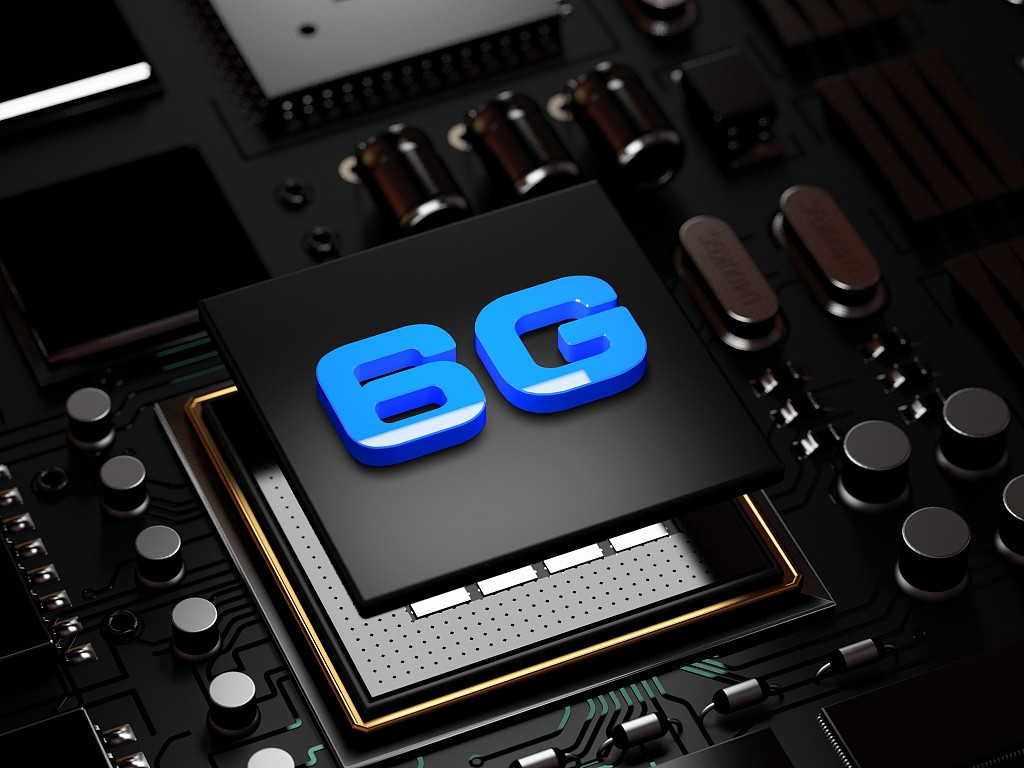
Meanwhile, current transmission technology has reached its theoretical bandwidth limit, creating many major problems that need to be overcome such as difficulty in increasing capacity, coverage cost and high energy consumption.
The conventional approach to solving these problems is to stack more resources onto the transmission network to increase efficiency, but this also significantly increases the complexity of the network, experts say.
According to the research team, to create a breakthrough, the approach needs to shift from “stacked innovation” to intelligent systems that convey meaning instead of data, thereby creating efficiency and cutting information processing costs.
Test results show that “semantic transport” can achieve 6G transmission capability right on 4G telecommunications infrastructure.
Sharing more about the project, the research team from the China University of Posts and Telecommunications said that the deep integration of data transmission and intelligence is "an important direction" in the development of communication technology. Artificial intelligence (AI) revolutionizes telecommunications and 6G technology will also promote the rapid development of AI.
“AI will improve the perception and semantic understanding of transmitted data, while the power of 6G will in turn expand the scope of artificial intelligence to every corner of every field,” the research team leader said. “The integration of the two will accelerate the formation of new business forms of the digital economy .”
China is working to commercialize 6G around 2030, with 6G standards expected to be adopted by 2025. Meanwhile, Japan plans to offer services "beyond 5G" by 2030, in partnership with companies like NTT Docomo and Sony.
Earlier this year, the US and nine other countries also reached agreement on a set of principles for 6G communications systems.
(According to SCMP, China Daily)

Source: https://vietnamnet.vn/tiem-nang-tan-dung-co-so-ha-tang-4g-5g-dap-ung-cong-nghe-6g-2314687.html



![[Photo] Cat Ba - Green island paradise](/_next/image?url=https%3A%2F%2Fvphoto.vietnam.vn%2Fthumb%2F1200x675%2Fvietnam%2Fresource%2FIMAGE%2F2025%2F12%2F04%2F1764821844074_ndo_br_1-dcbthienduongxanh638-jpg.webp&w=3840&q=75)















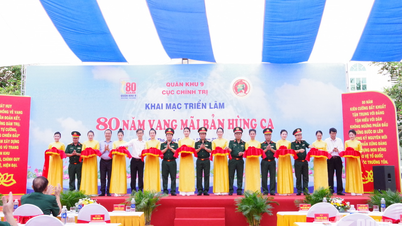



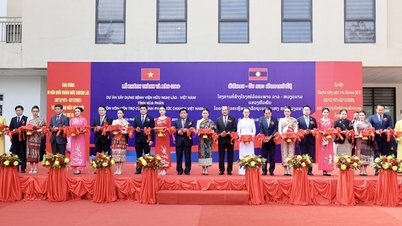


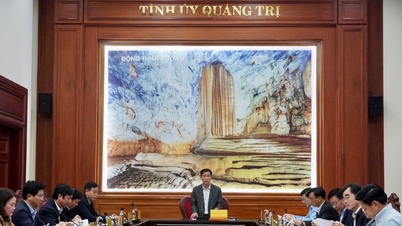







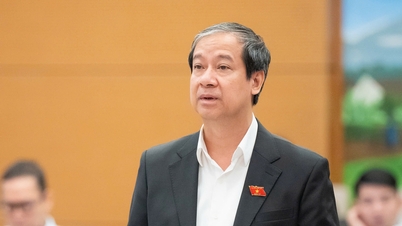


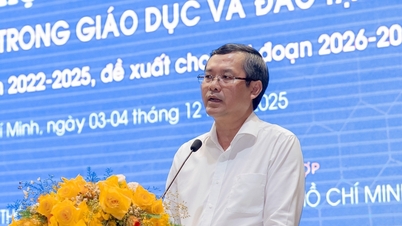

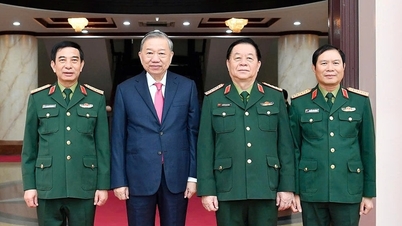





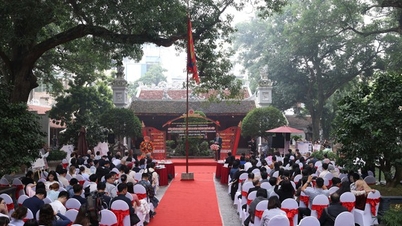











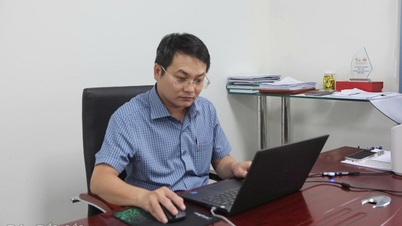





![[VIMC 40 days of lightning speed] Hai Phong Port determined to break through, reaching the target of 2 million TEUs by 2025](https://vphoto.vietnam.vn/thumb/402x226/vietnam/resource/IMAGE/2025/12/04/1764816441820_chp_4-12-25.jpeg)













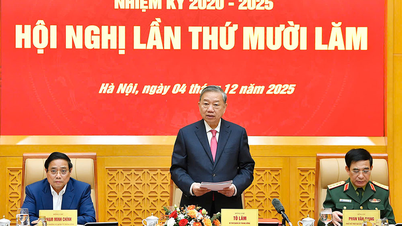

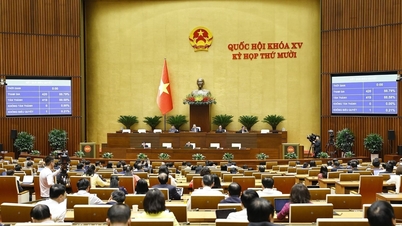


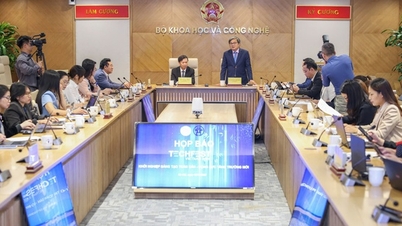



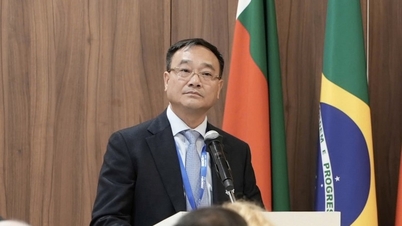

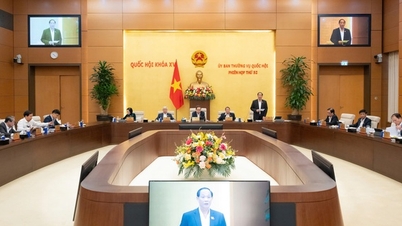


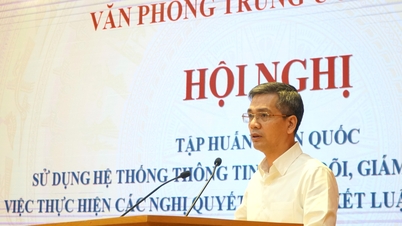


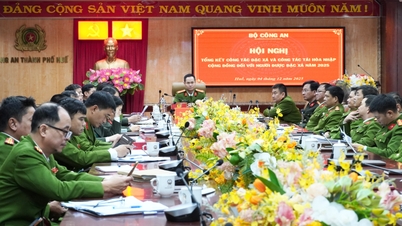
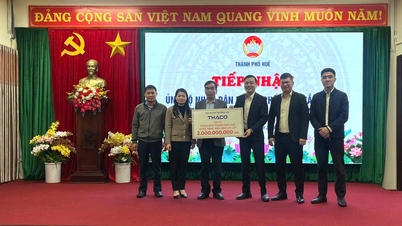




















Comment (0)